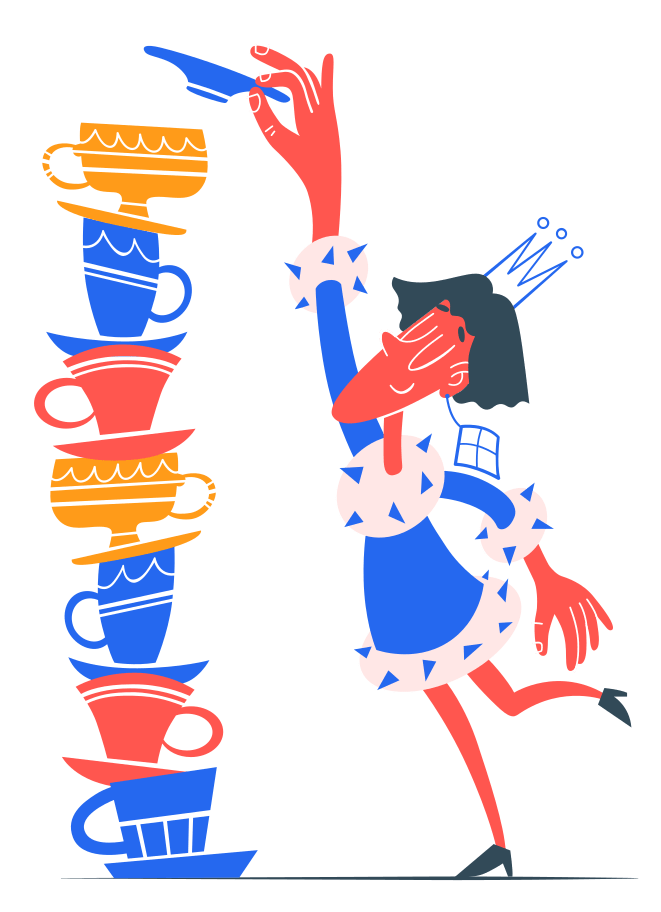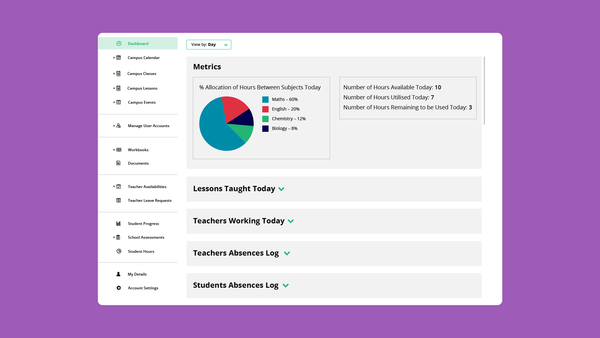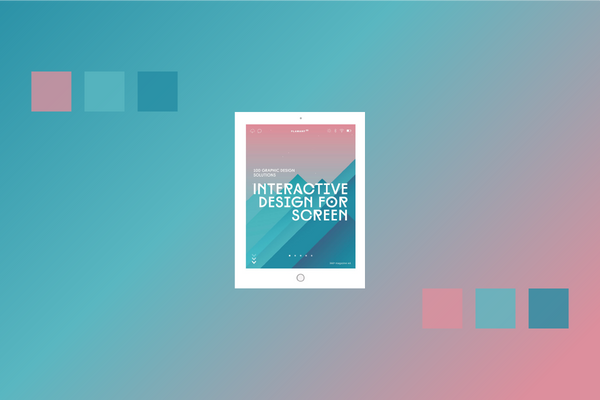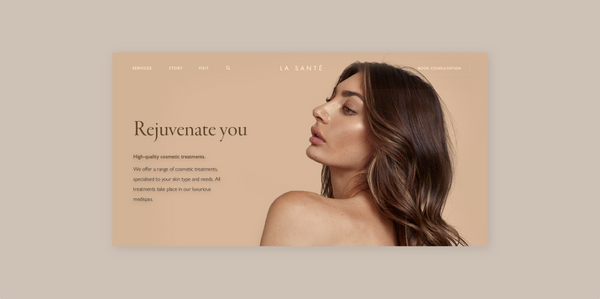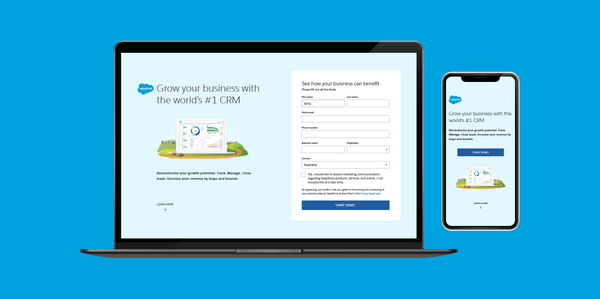How to handle your first Big Project (and not freak out)
Lessons for designers on working through intimidation. From someone who has freaked out (several times)
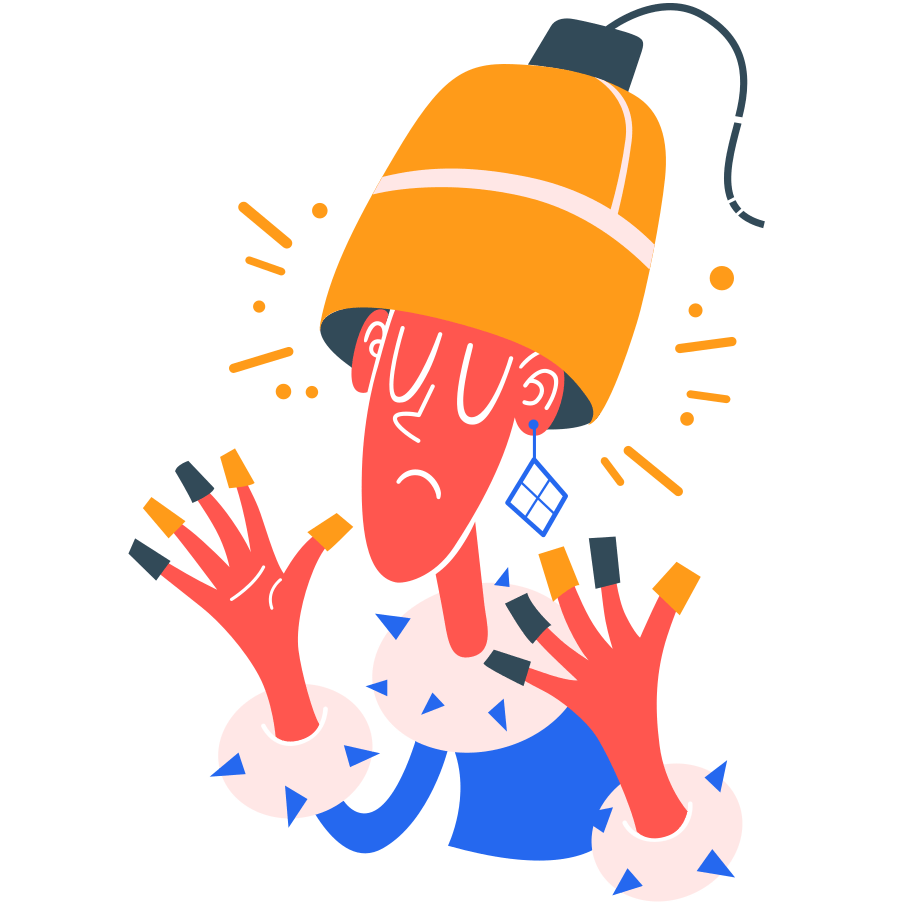
This article was originally published in Bootcamp, 23 February 2022.
Your first Big Project™ is a step towards the right direction in your career. Yes, that’s big project with a capital B and a capital P — because in your gut this feels like one of those career-defining moments.
A Big Project can open up avenues to more Big Projects. You can finally have that one long-coveted logo on your portfolio. Or gain important experience through the sheer scope and complexity of the project.
A Big Project is the one that is big for you. It doesn’t need to be a project for a mega-corporation or within a complex domain.
Over my past few years of maturing in design, I’ve found a major gap in frank advice for younger designers on this topic. Unless you have a strong design leader to guide you, these kind of elephantine projects can be a nerve-wracking minefield to navigate. The pressure to deliver on a grandiose client vision can make even the most confident of designers buckle.
The first time I had to work on a Big Project, I completely freaked out. I was incredibly excited for the opportunity, especially all the learning that I had the chance to do. But once the initial euphoria had worn off, I found it difficult to orient myself.
A lot of the advice I found was geared towards processes and deliverables, rather than navigating through the emotions and psychology of the project. I realised that I needed guidance from peers who had been in a similar situation, rather than advice aimed at businesses, or advice on how to land your first big project.
While this article is coming from a user experience design perspective, there is advice here that will be helpful to designers in many different roles.
Intimidation is good — lean into it
If you’re intimidated by a Big Project, it means that you are taking this client and project seriously, and seeing it as the stepping stone in your design evolution that it is.
Feeling intimidated shows that you are committed to doing the best job you can.
So lean into the intimidation. Don’t let it consume you. Just know that it is an emotion that your mind needs right now, because this is a big deal. The more you lean into it, and the less you stop trying to push it away, the more capable you will be to face it head on.
Ease into the intimidation, and use it to propel you into learning some new skills or brushing up on old ones.
People are human
As cheesy as it sounds, it’s important to remember that people are human, with very human needs.
Every stakeholder that you meet from the client side has human needs.
They want things to be successful. They have a home to go to and/or a family to take care of. Or they are dehydrated and feel a bit cranky. Or they are thinking about lunchtime, and can’t wait for the workshop to be over. Or they need their coffee and are internally screaming that you’ve dragged them into a morning meeting.
Whatever it is, these are all human needs that can be understood and leveled with. This basic fact will allow you to normalise the situation, and get to grips with dealing with major stakeholders.
It can be very intimidating when you think about your project stakeholders as a giant behemoth. But you will feel level-headed when you take in the individual human actors involved. After all, it’s not like they are alien overlords who will ZAP! you to death if you make a tiny mistake in a deliverable.
Have faith in yourself to know that you too can understand people’s needs, and act accordingly. If people’s basic human needs are met, they are pretty much good to go.
Communicate your needs (tactfully)
The first Big Project I ever worked on, we had twice-weekly meetings spread out over several weeks, to work through project scoping and the initial user flows and wireframes.
There were a large number of stakeholders to whom we had to consistently present designs, talk through the design decisions, and take in feedback/critique.
For some odd reason, those meetings were all set at 8:30 a.m. So that’s 8:30 in the morning, every Monday and Wednesday.
This added unneeded extra pressure, as we all arrived separately each morning directly at the client’s office, without being able to talk with each other beforehand. The office itself was located in one of the busiest parts of the city, so we would all arrive harrowed and sweaty from morning traffic, and hurriedly try to catch up and organise in the building lobby before going upstairs.
In the end, this part alone got so stressful that it started affecting our delivery during the stakeholder meetings.
“Sometimes we make up rules to make our lives harder for no reason.”
Two weeks in, and after one particularly draining session with the client, I awkwardly requested from our project manager if we could schedule the meetings at 9:30 or 10, instead of the sharp 8:30. I was nervous even asking internally for this, because this was our first major Big Project for a Big Client.
Everyone was instantly relieved that this need had been communicated. There was no reason for us to have the meeting at 8:30 every morning. Even the client and all involved stakeholders were happy to reschedule, so that they could all be a bit more relaxed and have had their first cup of coffee before the meeting. Turns out, no one wants big meetings at 8:30 a.m. From that point onward the meetings were rescheduled to 10, and all parties involved were much more relaxed, with everyone more receptive towards discussion.
Sometimes we make up rules to make our lives harder for no reason. We had simply scheduled a meeting at 8:30 in the morning because, well, isn’t that what Big Projects require?
It was a major lesson in learning to communicate needs, and it working for the benefit of everyone involved.
Learn to communicate your needs. Present these as a case study and argue for your case if you have to. It’s a valuable skill to learn in your career. This takes time and practice, but you will be pleasantly surprised at how much people are not only willing to accommodate, but that they have the same need as you, and will be relieved that you asked.
Focus on goals
Sometimes a major client can look like an intimidating elephant that you are handed a plastic knife and fork to eat. Breaking it down into milestones and smaller deliverables can be much more helpful.
Make sure to give yourself plenty of internal deadlines for design critique and reworking before any work is sent to clients. Set up regular check-ins with your team leader and all other designers working on the project.
Focus on one goal at a time, and you will find the client and project manageable in no time.
There’s a reason they’re your client
Remember that there is a good reason that this client came to you.
Your portfolio must have been strong enough as it is to impress them. Or your pitch deck blasted them away with how impressive your problem solving and design skills are. Perhaps you bring a fresh perspective that the client craves in this project.
Embrace this, and play to your strengths. There is no reason why the skills you have applied to your previous clients should not come into play here.
You are working together to solve a problem
You are not alone in this project. You are not floating off in the middle of the ocean, desperately trying to keep your makeshift raft afloat.
Think of your Big Project as a Viking ship instead — you are all rowing together in sync to reach a destination. Your client is rowing alongside with you, as are with your colleagues and other support systems.
Your client wants the project to succeed as much as you do. Even if there are obstacles, ultimately, their job or KPIs rely on this being a success.
So don’t be afraid to view this as a collaborative effort to solve a problem together. Don’t try to do everything by yourself.
If something is unclear, ask the client. Make sure you are both on the same page. Understand the project by asking the right questions. When you present deliverables for the project, make sure you go back to the KPIs and other outcomes discussed, so you can backup and discuss your design decisions.
Which brings me to…
Be prepared to explain your design decisions
As a younger designer, I often found it difficult to justify the design decisions I had made. I used to rely too much on aesthetics for aesthetics sake, hoping that I could wow my way through design.
Don’t get me wrong — aesthetics and art direction are important, and sometimes crucial for certain types of design projects. But clients expect logical answers when they ask what was the overall thinking behind design decisions.
Clients are not asking for justification for your design decisions to undermine you — understanding the logic behind your design decisions will allow them to feel comfortable that the project is heading in the right direction, and that you have kept the brief, KPIs, project goals and outcomes in mind while designing.
My advice would be keep notes throughout your design process— from research, to ideation to various deliverables. If you have relied on certain UX studies during your design, note down those research papers. If you designed certain elements because you identified issues with user interaction based on heat-map data, note down that information.
You don’t need to present your designs to clients like a scientific research paper, but having the information somewhere will make it easier for you to answer any questions that come up.
And if a client is unsatisfied with your logic, that’s fine too. That happens. The point is, having a series of logical steps will allow you to retrace those steps and tweak things, or do more research where needed.
If something goes wrong…
If you’re still worried, my last bit of advice before taking the plunge into a Big Project is to imagine the most comically out-of-this-world bad scenario.
Maybe this Big Project is actually from those aforementioned alien overlords, and they really will ZAP! you to subatomic particles if you can’t recall why your redesigned web component has a border colour of #dddee1 and not #dddfe1. Or you somehow miss all the deadlines, and the client hates everything you do.
Life is life, and sometimes things go wrong. Imagining these comically crazy scenarios can help give some humor to the ups and downs of projects.
In my experience so far, I have not been zapped with a laser beam by any of my clients. I have had stakeholder meetings that did not according to plan. Received back feedback that was harsh. Demanded to answer questions way out of my domain. But hey, as long as my clients didn’t try to reduce me to subatomic particles, I was able to take things with some humor and learn each time.
All jokes aside — clients are most often very receptive, and willing to communicate and work collaboratively. Enjoy the experience of learning and gaining confidence in your skill set.
Before you know it, you will wrap up your first Big Project.
